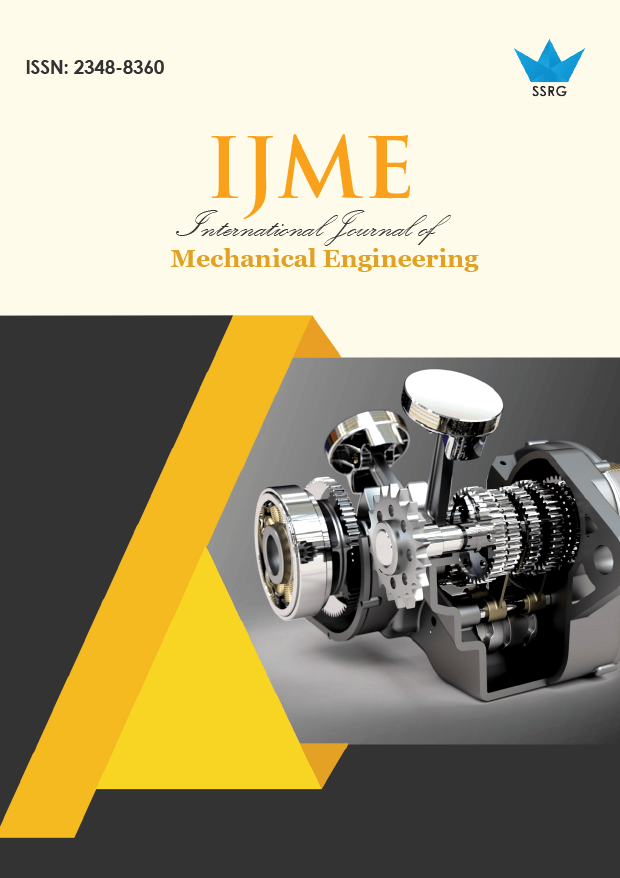Numerical Investigation of Flow over a Canard Controlled Missile Configuration in Subsonic and Transonic Flow Regimes

| International Journal of Mechanical Engineering |
| © 2018 by SSRG - IJME Journal |
| Volume 5 Issue 10 |
| Year of Publication : 2018 |
| Authors : Harish.M, Keerthi Varman.N, Muthu Kumar R. Kavin R, Renuga.R |
How to Cite?
Harish.M, Keerthi Varman.N, Muthu Kumar R. Kavin R, Renuga.R, "Numerical Investigation of Flow over a Canard Controlled Missile Configuration in Subsonic and Transonic Flow Regimes," SSRG International Journal of Mechanical Engineering, vol. 5, no. 10, pp. 5-9, 2018. Crossref, https://doi.org/10.14445/23488360/IJME-V5I10P102
Abstract:
The transonic aerodynamics of a missile body is critical, which dictates the vehicle's structural design aspect and controllability. ANSYS-FLUENT has been used to investigate the aerodynamic characteristics over a Canard controlled missile configuration for subsonic and transonic Mach numbers ranging from 0.6 to 2. The co-efficient of pressure, shock location, flow separation and reattachment regions have been extracted.
Keywords:
Missiles, Canard, Fins, Transonic Aerodynamics
References:
[1] A.B.Blair, Jr., jerry m. Allen, and Gloria Hernandez, "Effect of tail- fin span on stability and control characteristics of a canard-controlled missile at supersonic Mach number," Langley Research center, June 1983.
[2] Curtis P.Mracek and D. Brett Ridgely, "Optimal control solution for duel tail and canard control missile," Raytheon Missile Systems, January 2006.
[3] Hong Chuan Wee, "Aerodynamic analysis of a canard missile configuration using ANSYS-CFX," Defence Science & Technology Agency, Singapore, December 2011.
[4] James Dispirito, Milton E. Vaughn Jr. & W. David, "Numerical investigation of aerodynamic of a canard-controlled missile using planar and grid tail fins - subsonic and transonic flow," Weapons and Materials Research, U.S. Army Aviation and Missile Command, March 2004.
[5] Scott M. Murman, "Cartesian-grid simulations of a canard- controlled missile with a spinning tail," NASA, Ames Research Centre, June 2003.

 10.14445/23488360/IJME-V5I10P102
10.14445/23488360/IJME-V5I10P102